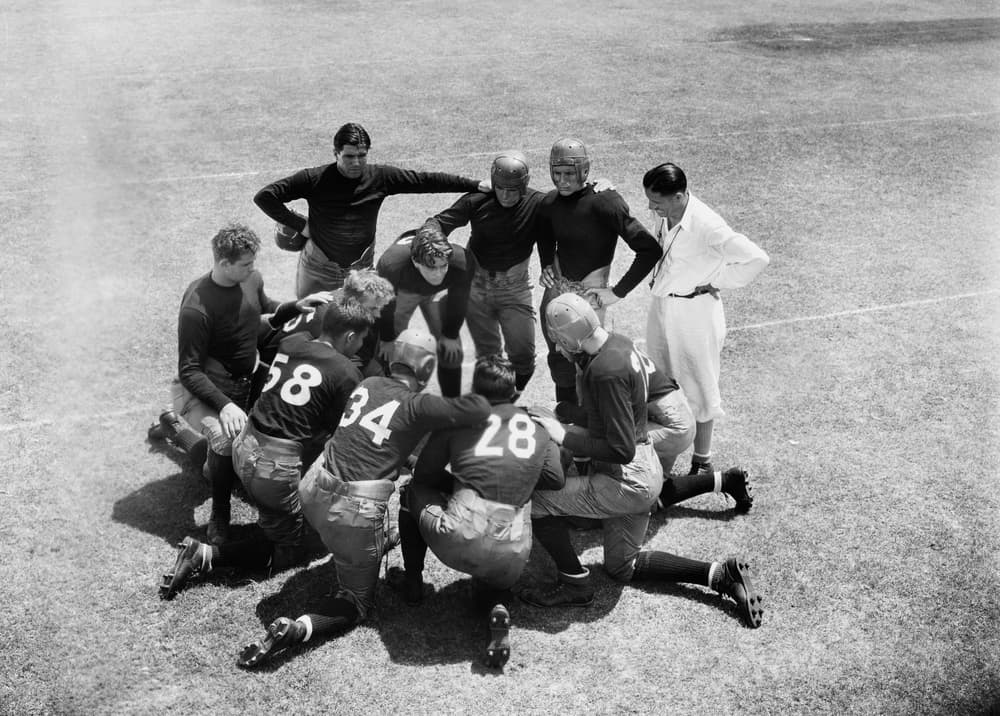
Adjuster’s File Notes Contains Key to Understanding Claim
While the medical reports and lawyer reports can make for interesting reading, to maximize the value obtained from reading the adjuster’s file, focus your attention on the adjuster’s file notes. Properly documented file notes will contain a synopsis of each phone call, each email and all correspondence received. The standard method of entering this information is in the chronological order it was received. The objective of the file notes is to give anyone who reads the file notes an understanding of the claim development and claim status.
The better claim management systems also require the adjuster to categorize any file note. The most common categories will be employee contact, employer contact, medical provider contact, lawyer contact, reserves, medical reports and lawyer reports. There are many other categories that will be used less frequently like subrogation, surveillance, state report filings and drug screen results. The best claim management systems allow you to search the file notes by category, for instance: documentation of each employee contact.
Click Link to Access Free PDF Download
“How Do I Get My Adjusters To Follow My Account Handling Instructions?”
When you read the adjuster’s file notes, you will find them to be a journal-style record of contacts, document reviews and future claim handling plans. The adjuster file notes will also contain files notes entered by the adjuster’s supervisor and claims manager, claim support staff and nurse case managers (if the nurses are employees of the third party administrator or insurer). The file notes entered by other employees benefit you as a reader of the file notes by giving you a more complete picture of what is going on, on the claim.
Adjuster Diary Documents Future Follow Up
In addition to file notes, the adjuster file should contain documentation of their diary system. (“Diary” is simply placing an activity on their computer calendar for future follow up). The diary should include a brief note with the date of follow-up. The diary note will usually read something like: “Call employee after doctor’s appointment” or “Confirm medical report received” or “Verify employee RTW (returned to work)”. Normally diary length is set in 15 day, 30 day and 60 day increments, but precise date diary (for example: date of hearing) can be used.
The first group of file notes (remember they are in chronological order) will document the adjuster’s initial investigation of the claim. This includes a discussion of the initial contact with the injured employee, the initial contact with the employer and the initial contact with the medical provider. The adjuster should be documenting any issues relating to the claim including questions of compensability, subrogation, fraud, prior medical conditions and return to work capability.
Understand Compensability, Subrogation, Reserves, & Action Plan
The file note in regards to compensability should provide a reason the claim is compensable or a reason the claim is not compensable. Examples: “Claim compensable as the employee was performing standard work duties when the incident occurred”, or “drug screening showed employee was intoxicated at time of the injury and the injury occurred due to the employee’s intoxication”.
File notes for each note category should be precise and address the subject of the file note category. Examples: Subrogation – “No subrogation as no third party involvement in injury”; Surveillance – “Assigned to PI Investigators to confirm employee’s physical capabilities”; Return to Work: “Employer unable to accommodate employee’s 5 pound lifting restriction, but will be able to provide light duty work when lifting restriction is raised to 20 pounds”.
The file notes for reserving are often limited to “See reserve worksheet”. However, if the reasoning for a reserve change is simple, the reserve change should be explained in the file notes.
Action Plan file notes are often combined with the adjuster’s diary. The action plan file note should include adjuster’s goals on the claim file and the steps the adjuster is going to take to advance the claim forward. The action plan file note should explained the plan course of action and what the adjuster is going to do to accomplish the claim handling plan. [This is an excellent place to look to see if the adjuster is really on top of the claim, or is just going through the motions. When an adjuster is top of the claim, the adjuster’s action plan files notes will be specific as to what is needed. The vaguer the action plan file notes, the less the adjuster understand the claim he/she is handling.]
Review Select Files On a Regular Basis
Reality is employers do not have the time to read every file note on every workers’ compensation claim. We would recommend selective reading of the claims where the injuries are severe; where there are concerns about fraud; where there are return to work issues; and any other claims you have questions about.

Michael Stack, CEO of Amaxx LLC, is an expert in workers’ compensation cost containment system and provides education, training, and consulting to help employers reduce their workers’ compensation costs by 20% to 50%. He is co-author of the #1 selling comprehensive training guide “Your Ultimate Guide to Mastering Workers’ Comp Costs: Reduce Costs 20% to 50%.” Stack is the creator of Injury Management Results (IMR) software and founder of Amaxx Workers’ Comp Training Center. WC Mastery Training teaches injury management best practices such as return to work, communication, claims best practices, medical management, and working with vendors. IMR software simplifies the implementation of these best practices for employers and ties results to a Critical Metrics Dashboard.
Contact: mstack@reduceyourworkerscomp.com.
Workers’ Comp Roundup Blog: http://blog.reduceyourworkerscomp.com/
©2023 Amaxx LLC. All rights reserved under International Copyright Law.
Do not use this information without independent verification. All state laws vary. You should consult with your insurance broker, attorney, or qualified professional.















